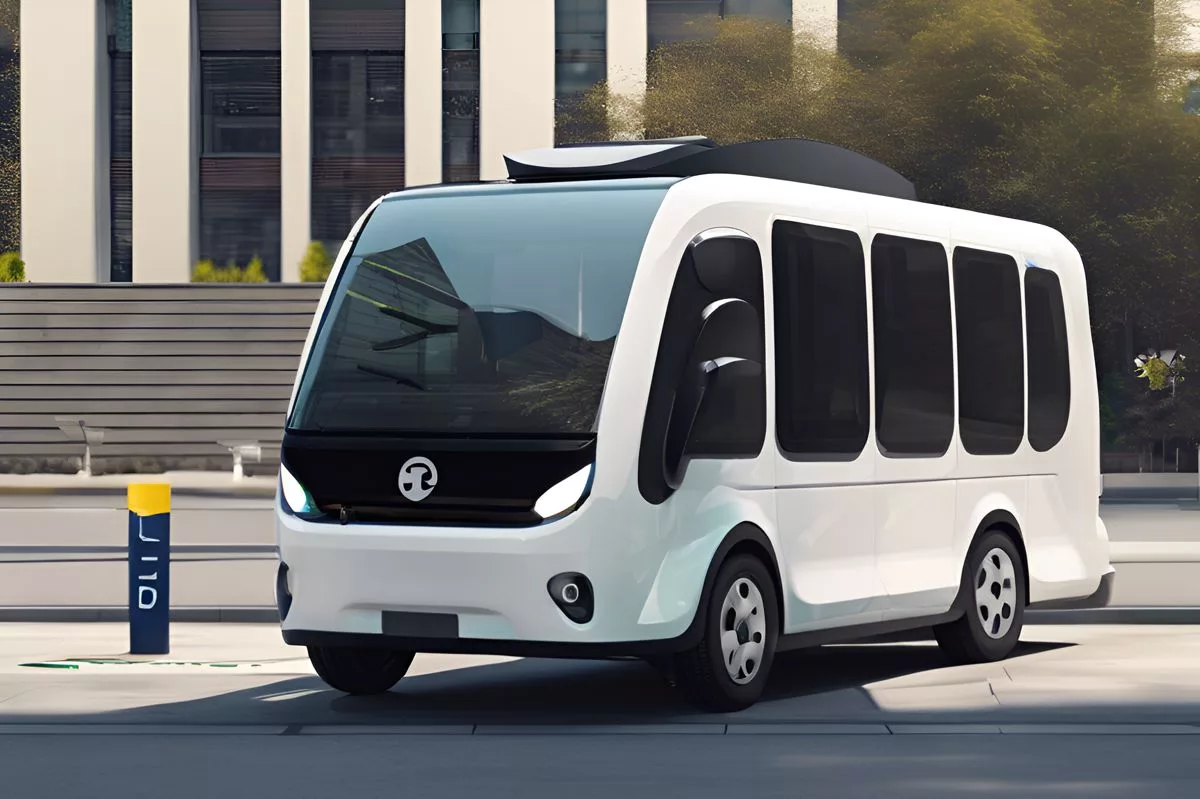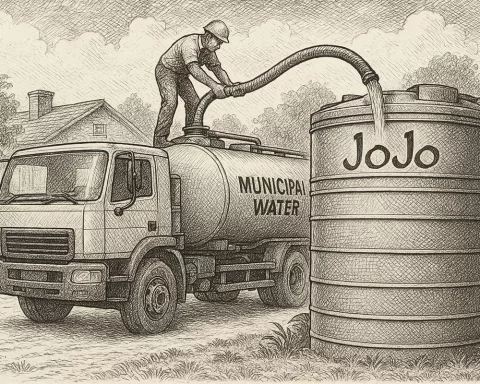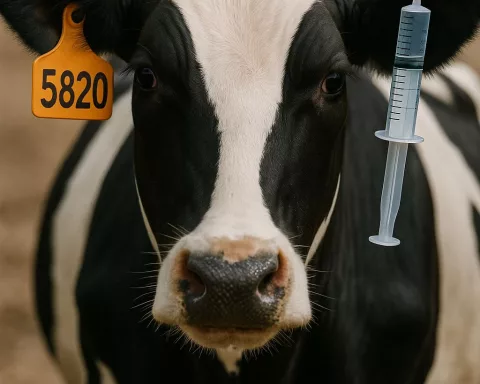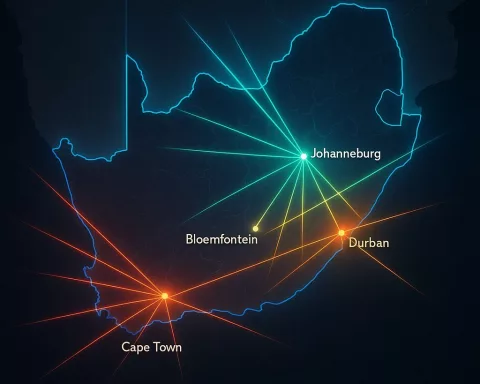The eKamva Electric Minibus Taxi is a groundbreaking new vehicle in South Africa, designed to make public transport cleaner and more sustainable. With space for 15 passengers and a range of 200 kilometers, it offers a fresh start for a country that has relied on gas-powered taxis for so long. This electric minibus could cut costs and reduce pollution, making urban travel better for everyone. As charging stations pop up and trials begin, South Africa is ready to embrace a brighter, greener future in transportation.
What is the eKamva Electric Minibus Taxi and its significance in South Africa?
The eKamva Electric Minibus Taxi is a pioneering electric vehicle in South Africa aimed at sustainable public transport. With a capacity of 15 passengers and a range of 200 kilometers, it promises lower operational costs and reduced emissions, marking a significant shift towards eco-friendly urban mobility.
A Vision of Sustainable Mobility
In the bustling transportation scene of South Africa, a groundbreaking development has emerged: the eKamva, an electric minibus taxi. Drawing its name from the isiXhosa term for “into the future,” this vehicle embodies a shift towards sustainable public transport. However, the eKamva’s journey is not without obstacles. A significant challenge lies in the limited governmental incentives for electric minibus taxis within South Africa. Despite these challenges, the introduction of the eKamva, branded by Higer and imported from China, represents a pivotal moment for a country traditionally dependent on gas-powered minibuses.
The timing of this innovation is noteworthy. While President Cyril Ramaphosa seeks to attract Tesla’s CEO, Elon Musk, to consider South Africa as a center for electric vehicle (EV) production, the nation’s automotive industry tells a different story. The current landscape heavily relies on imported vehicles, with local EV manufacturing still a long-term goal rather than an immediate reality.
The Potential Impact of the eKamva
Statistics from the Department of Transport highlight South Africa’s reliance on public transport. Approximately 3.9 million South Africans, or 63% of the economically active population, commute using minibus taxis. Despite such heavy dependence, the introduction of the first electric minibus is only just beginning. The economic and environmental benefits of locally produced, zero-emissions transportation promise immense potential, yet remain largely unrealized.
Conceived by GoMetro, the eKamva comes with an ambitious plan that includes an integrated EV business model and a new charging infrastructure called Flex EV. With a capacity of 15 passengers and a range of 200 kilometers per charge, the eKamva is poised to transform public transit. Recharging is efficient; a fast recharge takes about 75 minutes with a 60-kW direct current (DC) charger, while a slower overnight alternating current (AC) charge lasts 10 hours. These features might necessitate taxi operators maintaining a fleet to effectively manage any downtime.
An enticing aspect of the eKamva is its potential to be cost-effective. GoMetro suggests that operating costs for an electric minibus could be 40-70% lower than traditional models. Savings are expected to stem from reduced fuel costs and maintenance expenses, thanks to the simplified mechanics of EVs. However, how these savings will impact passenger fares remains a question. As prototypes undergo official tests and real-world trials in Stellenbosch, the public eagerly anticipates insights into possible fare reductions.
Pioneering Change in Urban Mobility
The establishment of the first charging hubs in Century City and Stellenbosch sets the stage for broader acceptance and integration of electric transport. Currently, the taxi industry consumes around two billion liters of fuel annually, contributing significantly to carbon emissions. Transitioning to electric options like the eKamva could drastically reduce these environmental impacts, aligning with global efforts towards cleaner transportation.
The eKamva represents more than just an innovative vehicle; it signifies a reimagining of urban mobility in South Africa. Envision cities where electric minibus taxis transport millions in silence, reducing pollution and heralding a new era of sustainable commuting. Beyond a mere transportation solution, the eKamva symbolizes innovation and environmental stewardship.
Historically, South Africa’s transportation landscape has faced numerous challenges, from apartheid’s segregated systems to present-day congestion and pollution. The eKamva stands as a potential catalyst for addressing these issues, potentially leading a movement towards inclusive and eco-friendly public transit. This initiative echoes global artistic and cultural trends toward sustainability, reflecting broader shifts seen in various art forms that challenge traditional practices and promote forward-thinking solutions.
A Blueprint for the Future
The eKamva’s integration into South Africa’s transportation network offers an opportunity to redefine urban function, potentially influencing urban planning and infrastructure. As cities worldwide grapple with the demands of growing populations and climate change, South Africa’s eKamva experiment may provide valuable insights and replicable models for other regions.
In this dynamic narrative, collaboration among stakeholders—government, industry, and communities—is essential to overcoming existing barriers. Creating incentives for local production, establishing comprehensive charging networks, and raising public awareness about the benefits of electric transportation are critical steps in this journey towards a sustainable future.
The eKamva stands as a testament to what is possible when vision aligns with opportunity in a nation eager for progress. While challenges persist, the potential for transformation is immense. As South Africa embarks on this electric journey, the global community observes, taking note of how this pioneering effort might inspire similar initiatives worldwide, contributing to a greener, more sustainable future for public transportation.
FAQ about the eKamva Electric Minibus Taxi
What is the eKamva Electric Minibus Taxi and why is it significant for South Africa?
The eKamva Electric Minibus Taxi is an innovative electric vehicle designed to enhance public transport in South Africa. It can carry up to 15 passengers and has a range of 200 kilometers, aiming to reduce costs and emissions in a country historically reliant on gas-powered taxis. Its introduction marks a significant step towards sustainable urban mobility.
How does the eKamva Electric Minibus Taxi contribute to sustainability?
The eKamva is designed to minimize carbon emissions, as it operates on electricity rather than fossil fuels. Transitioning to electric minibuses can help reduce pollution levels in urban areas, aligning with global sustainability efforts. With the taxi industry consuming around two billion liters of fuel annually, the eKamva presents an opportunity to significantly lower these figures.
What are the expected operational cost savings with the eKamva?
Operating costs for the eKamva Electric Minibus Taxi are projected to be 40-70% lower than those of traditional gas-powered models. This reduction is primarily due to decreased fuel costs and lower maintenance expenses, thanks to the simplicity of electric vehicle mechanics.
How long does it take to charge the eKamva?
The eKamva can be charged using two methods: a fast recharge takes approximately 75 minutes with a 60-kW direct current (DC) charger, while a slower overnight alternating current (AC) charge can take up to 10 hours. Taxi operators may need to maintain a fleet to effectively manage charging downtime.
What challenges does the eKamva face in South Africa?
One of the significant challenges for the eKamva is the limited government incentives for electric minibus taxis. Additionally, the current South African automotive industry heavily relies on imported vehicles, with local electric vehicle manufacturing still being a long-term goal.
Where can people find charging stations for the eKamva?
Charging hubs for the eKamva have been established in Century City and Stellenbosch, marking the beginnings of a broader charging network. As trials of the eKamva continue, more charging infrastructures are expected to be developed to support its integration into public transportation.









